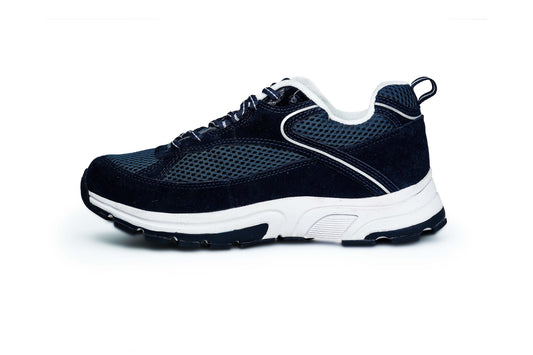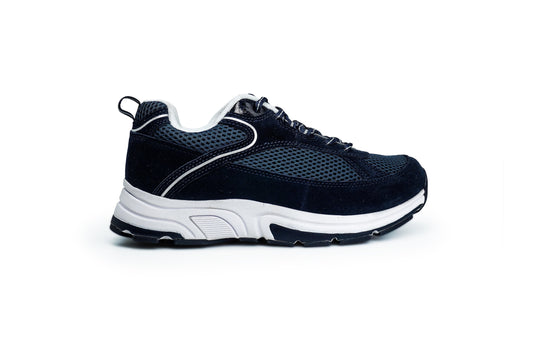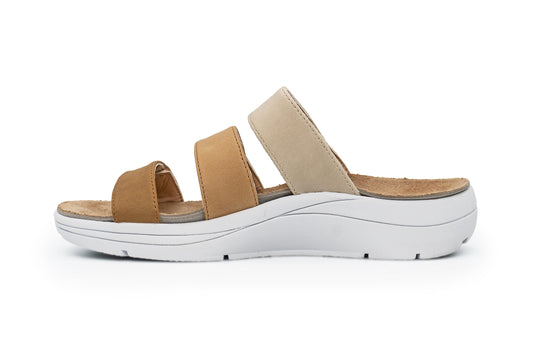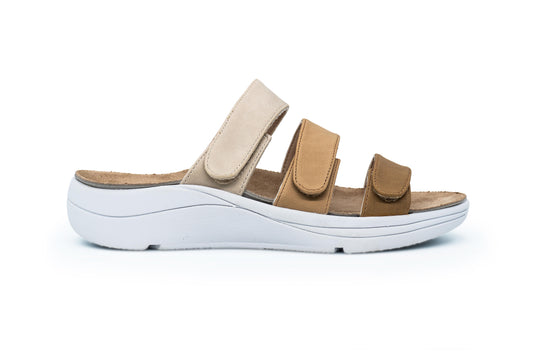Decoding the Challenge: Why Diabetic Foot Wounds Struggle to Heal
For individuals with diabetes, what might seem like a minor foot injury can escalate into a critical situation, unlike the routine healing process observed in non-diabetic cases. Diabetic foot wounds often develop into chronic conditions, resisting closure and posing severe threats to limbs and overall well-being. To comprehend the underlying factors that impede the healing process in diabetic feet is essential for timely intervention and prevention of dire consequences.
Unpacking the Puzzle of Impaired Healing:
Diabetes, characterized by elevated blood sugar levels, disrupts the natural mechanism of wound healing within the body. Various factors contribute to this complex scenario of non-healing:
- High Blood Sugar: The primary culprit, high blood sugar, damages blood vessels and nerves, affecting blood flow and sensation. Insufficient blood flow deprives tissues of crucial oxygen and nutrients necessary for healing. Nerve damage leads to decreased sensitivity in the feet, making it easier for minor injuries to go unnoticed and evolve into more significant problems.
- Poor Circulation: Diabetes induces the accumulation of plaque in arteries, restricting blood flow to the feet—the farthest point from the heart. This limited circulation impedes the delivery of white blood cells, crucial for combating infections, rendering wounds susceptible to bacterial invasion.
- Weakened Immunity: Elevated blood sugar levels compromise the immune system's response, impairing its ability to ward off infections and promote tissue repair. Chronic inflammation further decelerates the healing process.
-
Nerve Damage (Neuropathy): Diabetic neuropathy diminishes sensation in the feet, making it challenging to detect injuries promptly. This results in neglected wounds that
- worsen over time, contributing to abnormal foot shapes, increased pressure points, and prolonged wound cycles.
The Ticking Clock and the Risk of Complications:
Untreated diabetic foot wounds escalate into a critical countdown. Infection, a prevalent complication, can swiftly advance, leading to abscesses, bone infections, and, in severe cases, gangrene. The ultimate consequence might necessitate amputation to safeguard the patient's life. This dire outcome underscores the urgency of early intervention and proactive diabetic foot care.
Taking Control: Strategies for Healing and Prevention:
Effectively managing diabetic foot health requires a proactive approach, focusing on prevention and vigilant care. Key strategies include:
- Self-Care is Key: Regularly inspect your feet for cuts, blisters, or any changes in color or texture. Utilize a mirror or seek assistance to examine hard-to-reach areas.
- Wash and Moisturize Daily: Maintain clean, dry feet, paying special attention to the spaces between toes. Gentle moisturizing helps prevent cracks and fissures, potential entry points for infections.
- Choose Wise Footwear: Opt for well-fitting, comfortable diabetic shoes with minimal seams or pressure points. Select socks made from moisture-wicking materials.
- Blood Sugar Control: Strictly adhere to your doctor's treatment plan, encompassing medication and lifestyle modifications, to maintain optimal blood sugar levels crucial for wound healing.
-
Regular Checkups: Schedule routine visits to a podiatrist for professional foot assessments, facilitating early detection and prevention of potential issues.
Beyond Bandages: A Holistic Approach to Diabetic Foot Health:
Diabetic foot care transcends superficial treatments; it necessitates a holistic approach to optimize healing and avert future complications. Additional measures include:
- Dietary Management: Adopt a well-balanced diet rich in fruits, vegetables, and whole grains to control blood sugar levels. Restrict the consumption of processed foods, sugary drinks, and unhealthy fats.
- Quit Smoking: Smoking exacerbates blood flow restrictions, compounding diabetic problems. Seek support to quit smoking, promoting overall health and foot well-being.
- Manage Stress: Chronic stress elevates blood sugar levels, impeding the healing process. Explore relaxation techniques like yoga, meditation, or deep breathing for effective stress management.
Taking Charge of Your Feet, Taking Charge of Your Health:
Diabetic foot wounds need not be an inevitable consequence of the condition. With awareness, proactive care, and a commitment to diabetes management, the formation of wounds can be prevented, ensuring that your feet remain steadfast companions on life's journey. Healthy feet are not a mere luxury; they form the bedrock of mobility, independence, and overall well-being. Lace up your shoes, invest in your foot health, and stride confidently into the future—one healthy step at a time.
Check out our extensive collection of shoes for arthritis to find the best shoes for your feet. Look through our most-sought-after styles to get the right pair for you today with DiabeticShoe.in.
- Dietary Management: Adopt a well-balanced diet rich in fruits, vegetables, and whole grains to control blood sugar levels. Restrict the consumption of processed foods, sugary drinks, and unhealthy fats.
- worsen over time, contributing to abnormal foot shapes, increased pressure points, and prolonged wound cycles.








